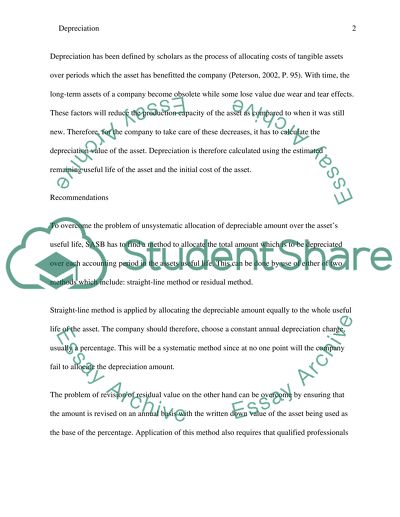Cite this document
(“Recommendation: its advantages and disadvantages Essay”, n.d.)
Retrieved from https://studentshare.org/finance-accounting/1455921-recommendation-and-its-advantages-and
Retrieved from https://studentshare.org/finance-accounting/1455921-recommendation-and-its-advantages-and
(Recommendation: Its Advantages and Disadvantages Essay)
https://studentshare.org/finance-accounting/1455921-recommendation-and-its-advantages-and.
https://studentshare.org/finance-accounting/1455921-recommendation-and-its-advantages-and.
“Recommendation: Its Advantages and Disadvantages Essay”, n.d. https://studentshare.org/finance-accounting/1455921-recommendation-and-its-advantages-and.


